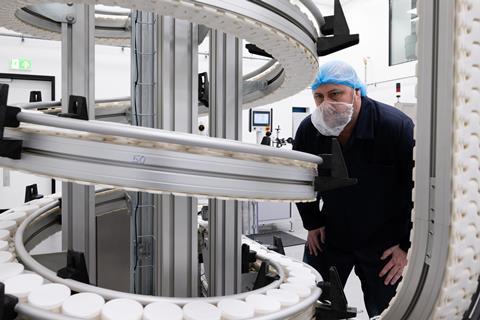
BAT has launched a £30m ‘innovation centre’ within its Southampton R&D facility.
The centre features nine “specially designed technical spaces”, designed to help develop BAT’s portfolio of new category, non-combustible tobacco products.
They will be dedicated to researching modern oral nicotine pouches; liquids and flavours for vapour products; heated tobacco products; and products related to “wellbeing and stimulation beyond nicotine”. The investment will also support work on packaging, engineering and system integration.
BAT’s Southampton site has been the centre for its global R&D operations since 1956. To date, R&D carried out in BAT’s Southampton facilities has produced over 200 peer-reviewed studies for smokeless products published in scientific journals and has contributed to BAT’s filing of hundreds of patents a year, the tobacco giant said.
“For many years, our team at Southampton has been central to producing world-class, objective scientific evidence that is essential to facilitate the migration of adult smokers to smokeless products and support public health objectives,” said James Murphy, director, research and science at BAT. “The facilities provided by this Innovation Centre, and the continued investment in our Southampton site, will further support the cutting-edge research and product development carried out both here in the UK and across our global network for many years to come.
“The opening of this new facility marks an important milestone in BAT’s transformation and will play a key role in making a smokeless future a reality,” Murphy added.
BAT’s strategy has committed the company to ‘Building a Smokeless World’ and to becoming a predominantly “smokeless” business, with 50% of revenue generated from non-combustibles by 2035.
“Rigorous science is central to this aim and underpins the tobacco harm reduction agenda, which BAT believes is the greatest public health opportunity,” the company said.
The launch of the Southampton innovation centre follows the opening of similar innovation centres in Trieste, Italy in 2021 and in Shenzhen, China in 2022, and an investment of £300m a year in R&D to develop new category products and “establish substantiation of their reduced risk potential”.







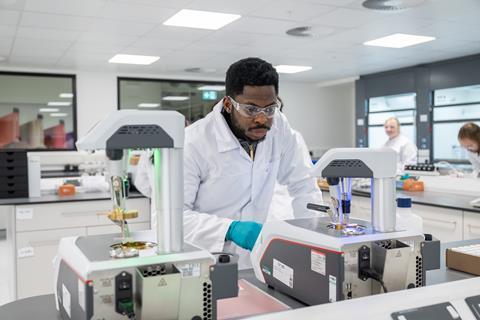
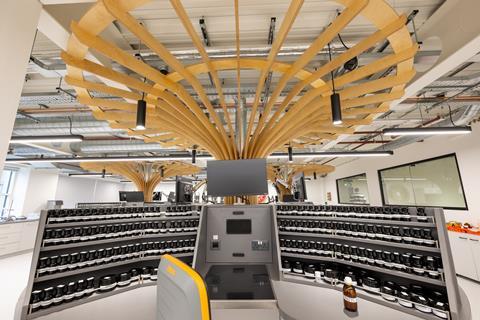

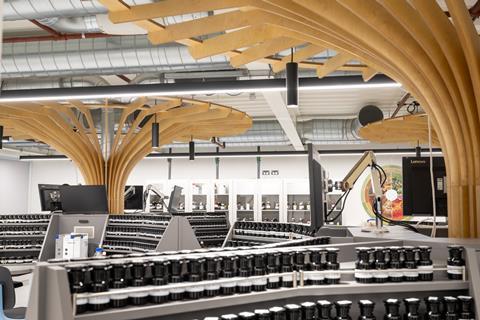
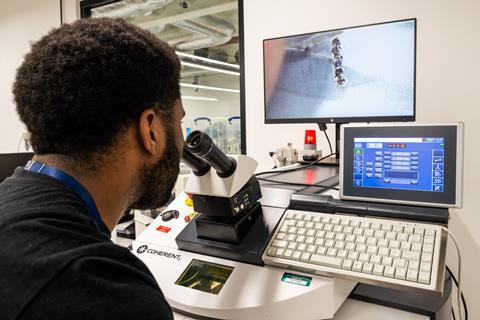


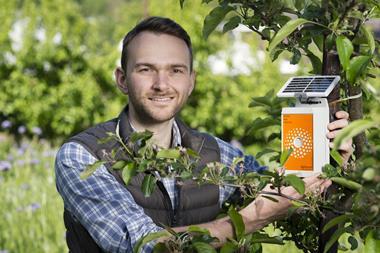








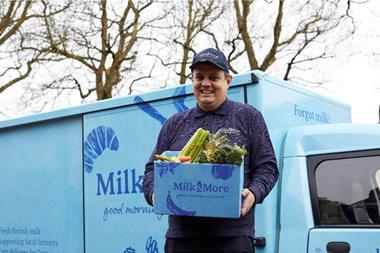
No comments yet